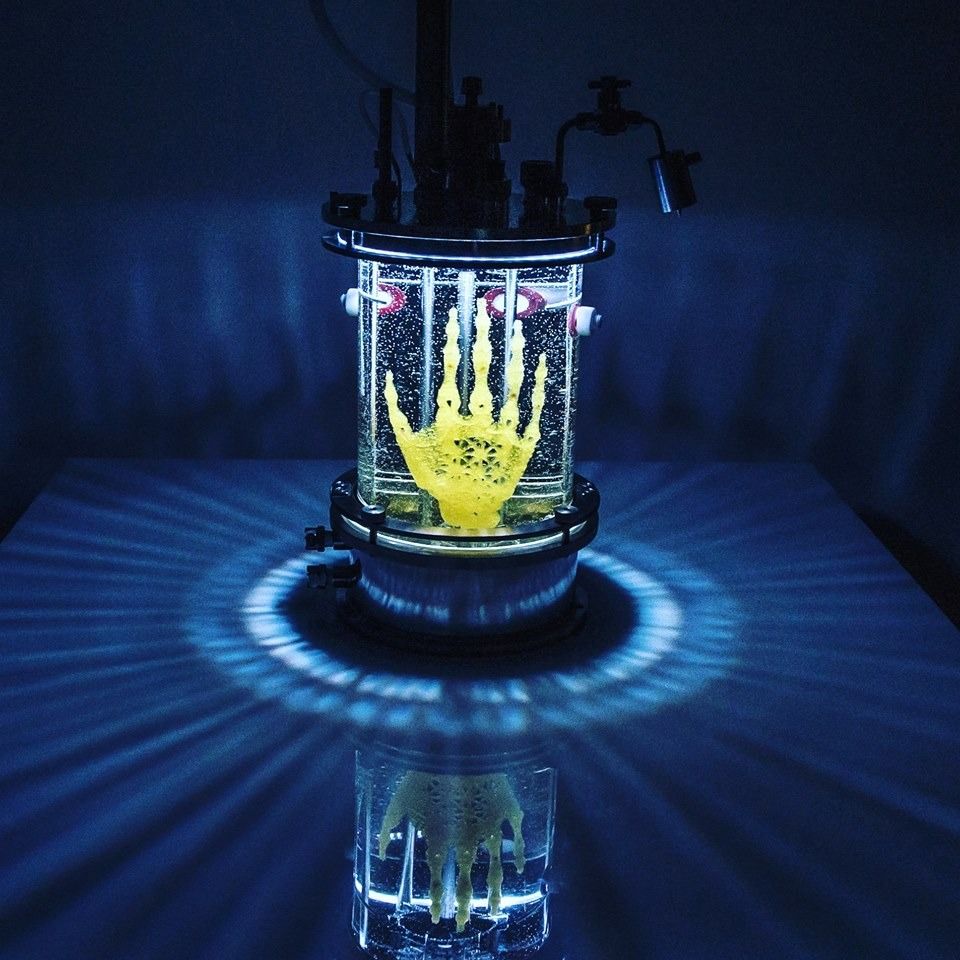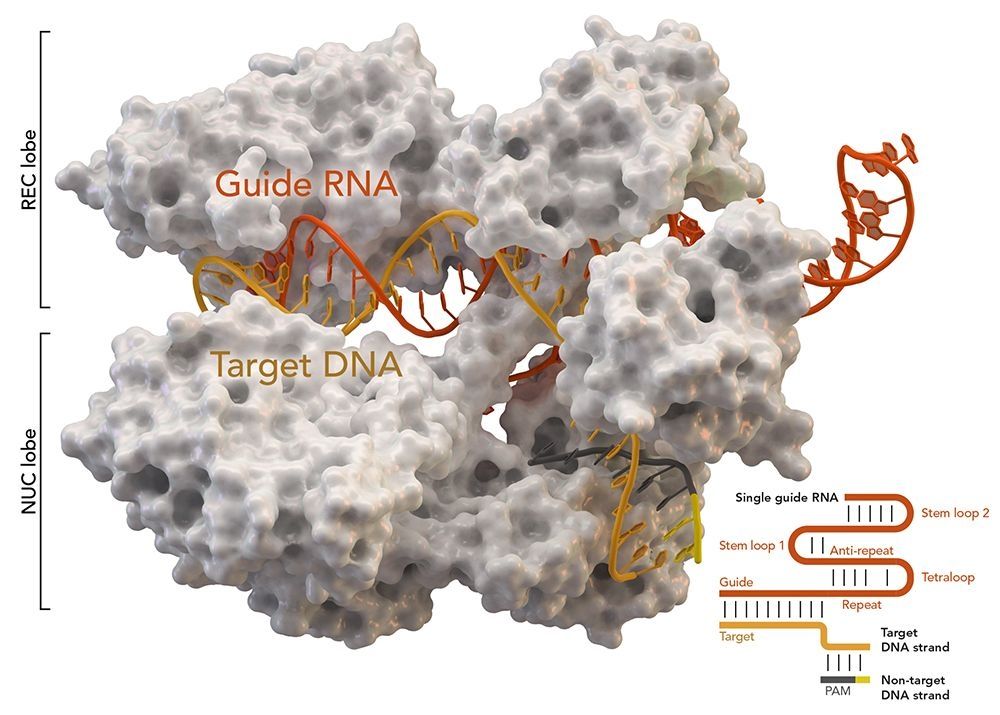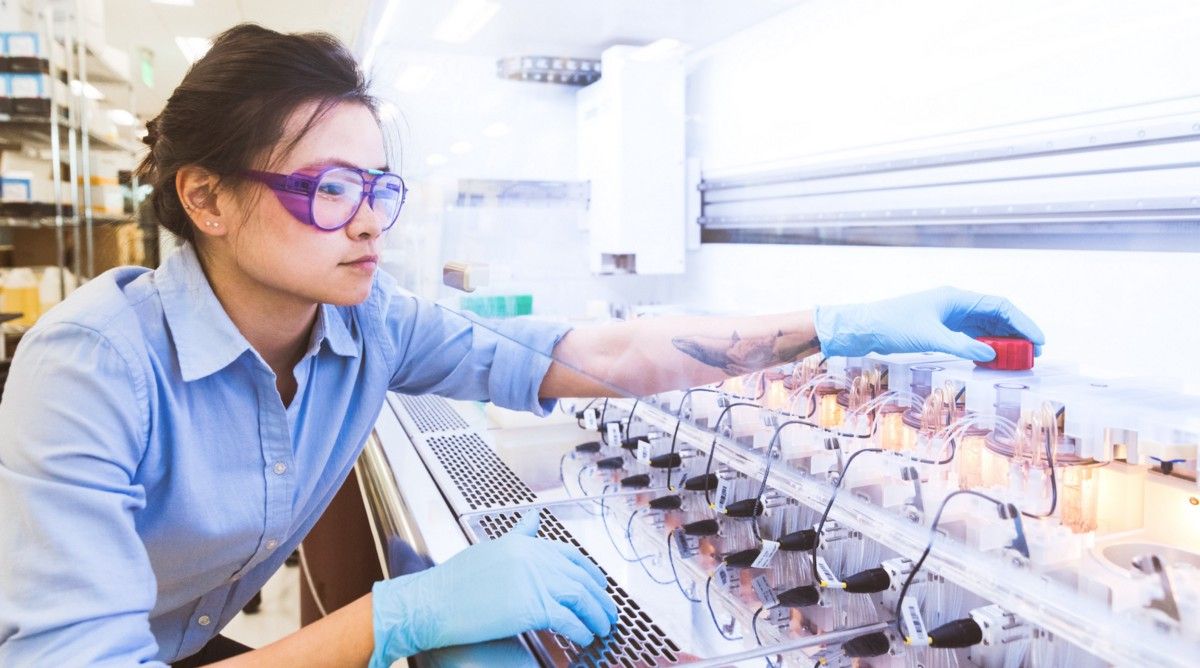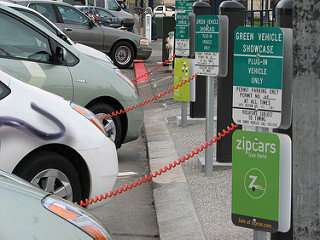Page 9792
Aug 29, 2018
Chinese team uses base editing to repair genetic disease in human embryo
Posted by Nicholi Avery in categories: bioengineering, biotech/medical, genetics
A team of researchers in China has used a form of the CRISPR gene editing technique to repair a genetic defect in a viable human embryo. In their paper published in the journal Molecular Therapy, the group describes their work and how well it worked.
Only three years ago, CRISPR was first used on a human embryo. In that work, a Chinese team attempted to use the technique to repair a genetic fault. Though the work made headlines around the world, it had a low success rate—just four out of 54 embryos that survived the technique carried the repaired genes. Since that time, a new variation of CRISPR has been developed—it is called base editing, and works in a more efficient way. Instead of snipping DNA strands and replacing removed bits with desired traits, the new method does nothing more than swap DNA letters—trading out an A for a G, for example. In this new effort, the researchers used this new method to correct a gene mutation that results in humans having a condition called Marfan syndrome, in which people have an A instead of a G in the FBN1 gene. It is a disorder that causes problems with connective tissue, leading to a myriad of problems for those born with it.
The new research is unique in that the scientists used viable embryos created using in vitro fertilization. The team could have implanted these viable gene-edited embryos into a woman’s uterus, had they chosen to do so.
Aug 29, 2018
Re-writing Nature’s Recipe Book: How Ginkgo Bioworks is Poised to Upset Almost Every Industry You Can Think Of
Posted by Carse Peel in categories: biological, futurism
What does all this mean? How can one company do all that?
I recently spoke with Ginkgo Bioworks co-founders Tom Knight and Jason Kelly about the future of manufacturing and how the secrets of biology will be the secrets to unlocking the next Industrial Revolution.
Aug 29, 2018
‘Archived’ heat has reached deep into the Arctic interior, researchers say
Posted by Nicholi Avery in category: futurism
Arctic sea ice isn’t just threatened by the melting of ice around its edges, a new study has found: Warmer water that originated hundreds of miles away has penetrated deep into the interior of the Arctic.
That “archived” heat, currently trapped below the surface, has the potential to melt the region’s entire sea-ice pack if it reaches the surface, researchers say.
The study appears online Aug. 29 in the journal Science Advances.
Aug 29, 2018
ESA Business Applications
Posted by Chiara Chiesa in categories: business, economics, sustainability
In 1999 the United Nations acknowledged that the development gap between rich and poor countries was widening: about three-fifths of the world’s population lacked access to basic sanitation and one-third did not have access to safe drinking water. In spite of many initiatives and efforts, the sanitation issue is still largely unresolved; it is estimated that 2.3 billion people — primarily in Asia, sub-Saharan Africa, and Latin America and the Caribbean — still lack access to basic sanitation (toilet). To address this challenge, in 2015, the global community adopted a Sustainable Development Goal dedicated to clean water and sanitation (SDG 6). Target 6.2 under this Goal calls for, “by 2030, achieving access to adequate and equitable sanitation and hygiene for all and ending open defecation.”
ESA business applications in cooperation with Toilet Board Coalition (http://www.toiletboard.org/) will be launching a new Invitation to Tender in Q3 2018 to assess the technical feasibility and viability of space-based services in support of sanitation for developing economies, and will establish the roadmap for service implementation through potential follow-on demonstration projects.
Toilet Board Coalition is a business-led partnership addressing the global sanitation crisis by accelerating the Sanitation Economy; it brings a network of business partners and sanitation development stakeholders, as well as experts from the global sanitation community. The Toilet Board Coalition will provide specific use cases and requirements derived from its two funded pilot projects, each assessing scalability of the Sanitation Economy.
Aug 29, 2018
Mitochondrial Link to Inflammation Discovered
Posted by Steve Hill in category: biotech/medical
In a new study, researchers have identified a direct link between mitophagy and inflammation.
Aug 29, 2018
Study identifies distinct groups interested in types of electric vehicles
Posted by Bill Kemp in categories: economics, policy, transportation
Drivers considering plug-in hybrid vehicles with a gasoline backup are most interested in economic benefits while those gravitating toward battery-electric vehicles have stronger environmental concerns, according to a study led by a University of Kansas transportation policy scholar.
The research has identified distinct profiles of people considering newer electric vehicle technologies showing the two types of vehicles—one that offers gasoline as a safety net and another that relies solely on battery charging—are very different in the eyes of consumers.
“Our findings inform the misconception and show that electric vehicles are not a homogeneous entity,” said the study’s lead author Bradley Lane, associate professor in the KU School of Public Affairs & Administration. “There are distinctive profiles of potential users for whom a plug-in hybrid is attractive and another for whom a battery electric is attractive. And these are two very distinct groups, similar to how there is a group of users who are attracted to a sport-utility vehicle and a separate group attracted to an economy car. We have shed more light on what factors influence how people make these decisions.”
Aug 29, 2018
Manmade mangroves could get to the ‘root’ of the problem for threats to coastal areas
Posted by Bill Kemp in categories: computing, engineering, habitats
With threats of sea level rise, storm surge and other natural disasters, researchers from Florida Atlantic University’s College of Engineering and Computer Science are turning to nature to protect humans from nature. They are developing innovative ways to guard coastlines and prevent scouring and erosion from waves and storms using bioinspired materials that mimic mangrove trees found along shores, rivers and estuaries in the tropics and subtropics. Growing from a tangle of roots that twist their way out of the mud, mangrove trees naturally protect shorelines, shelter coastal ecosystem habitats and provide important water filtration. In many cases, these roots trap sediments flowing down rivers and off the land, helping to stabilize the coastline.
Certain mangrove root systems even have the ability to dissipate tidal energy through unique hydrological flows and divert the energy of water in different directions reducing risk of coastal damage. Yet, to date, few studies have examined the fluid dynamics such as flow structure and drag force on mangrove roots.
For a study, published in the American Physical Society’s journal, Physical Review Fluids, researchers singled out the red mangrove tree (Rhizophora mangle) from more than 80 different species of mangroves, because of its robust network of roots that can withstand extreme environmental conditions. The red mangrove provided the researchers with an ideal model for bioinspired shoreline applications.
Aug 29, 2018
New Data On Exomoon Candidate Reveals ‘A Very Exciting Object’
Posted by Bill Retherford in category: space
Aug 29, 2018
Internet by Google Balloons & Facebook Drones (Project Loon & Project Aquila)
Posted by Ankur Bargotra in categories: drones, internet
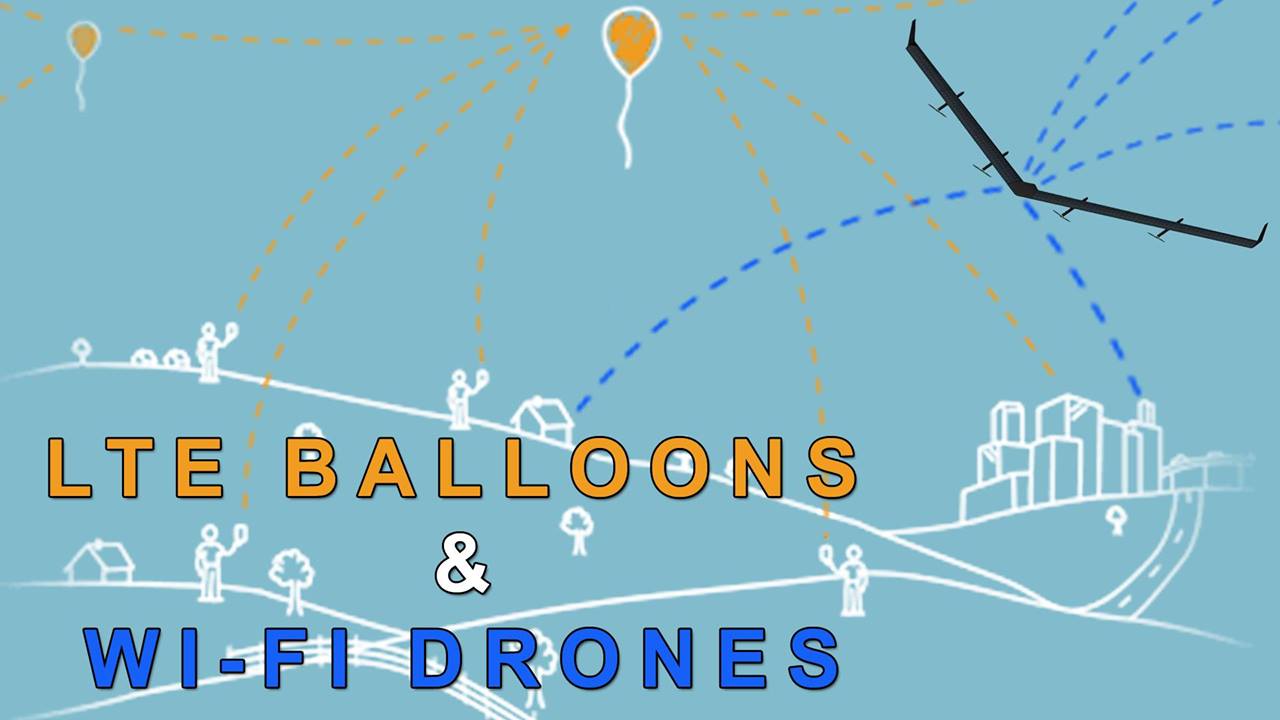
This video is the second in a three-part series discussing global internet connectivity. In this video, we’ll be discussing the Earth-based, more specifically, stratosphere based initiatives to bring internet connectivity to the entire planet.
[0:30–5:30] Starting off we’ll take a look at Google’s bid to bring internet connectivity to the planet, dubbed, Project Loon. As well as, the importance of a hyper-connected society, for example, aiding in disaster relief efforts.
[5:30–9:30] Following that we’ll take a look at Facebooks initiative titled, Project Aquila. As well as, discuss the benefits of each initiative in bringing connectivity to the planet.
Continue reading “Internet by Google Balloons & Facebook Drones (Project Loon & Project Aquila)” »
